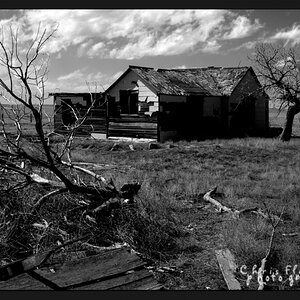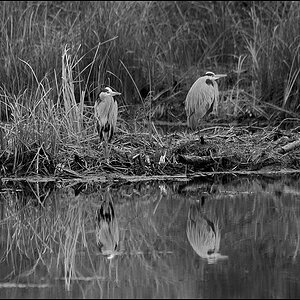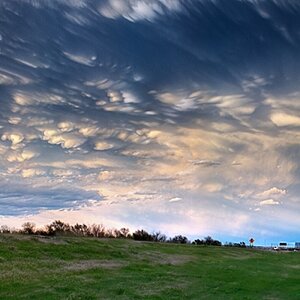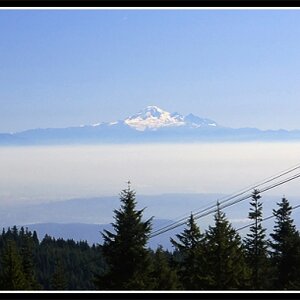buggz
TPF Noob!
- Joined
- Jul 9, 2015
- Messages
- 19
- Reaction score
- 0
- Can others edit my Photos
- Photos NOT OK to edit
Hello,
Some question here, regarding the 135mm 2.8 and the 105mm 2.5.
135mm pre-AI has 4 elements in 4 groups, and is multi coated (I am refering to the K mount pre-AI, and not the Auto Q or Auto QC). And the AI/AI-S has 5 elements in 4 groups.
Similarly the 105mm f2.5 P Auto has only a single coating (the Auto PC had multi, then onto the AI era), it has 5 elements in 3 groups, which was upgraded to 5 elements in 4 groups for AI era.
Does anyone know what the practical differences are between pre and post AI, and have some experience owning these? I use them on a mirrorless camera, and have several copies of each, however I cant see a difference really.
Some question here, regarding the 135mm 2.8 and the 105mm 2.5.
135mm pre-AI has 4 elements in 4 groups, and is multi coated (I am refering to the K mount pre-AI, and not the Auto Q or Auto QC). And the AI/AI-S has 5 elements in 4 groups.
Similarly the 105mm f2.5 P Auto has only a single coating (the Auto PC had multi, then onto the AI era), it has 5 elements in 3 groups, which was upgraded to 5 elements in 4 groups for AI era.
Does anyone know what the practical differences are between pre and post AI, and have some experience owning these? I use them on a mirrorless camera, and have several copies of each, however I cant see a difference really.




![[No title]](/data/xfmg/thumbnail/41/41934-5071025280901954ee561590003df10e.jpg?1619739947)




![[No title]](/data/xfmg/thumbnail/37/37633-94737d4436dff45b827dcc332ff7fba9.jpg?1619738156)
![[No title]](/data/xfmg/thumbnail/37/37632-06d8ff7f84d84f6ac01249ce8885d896.jpg?1619738156)


